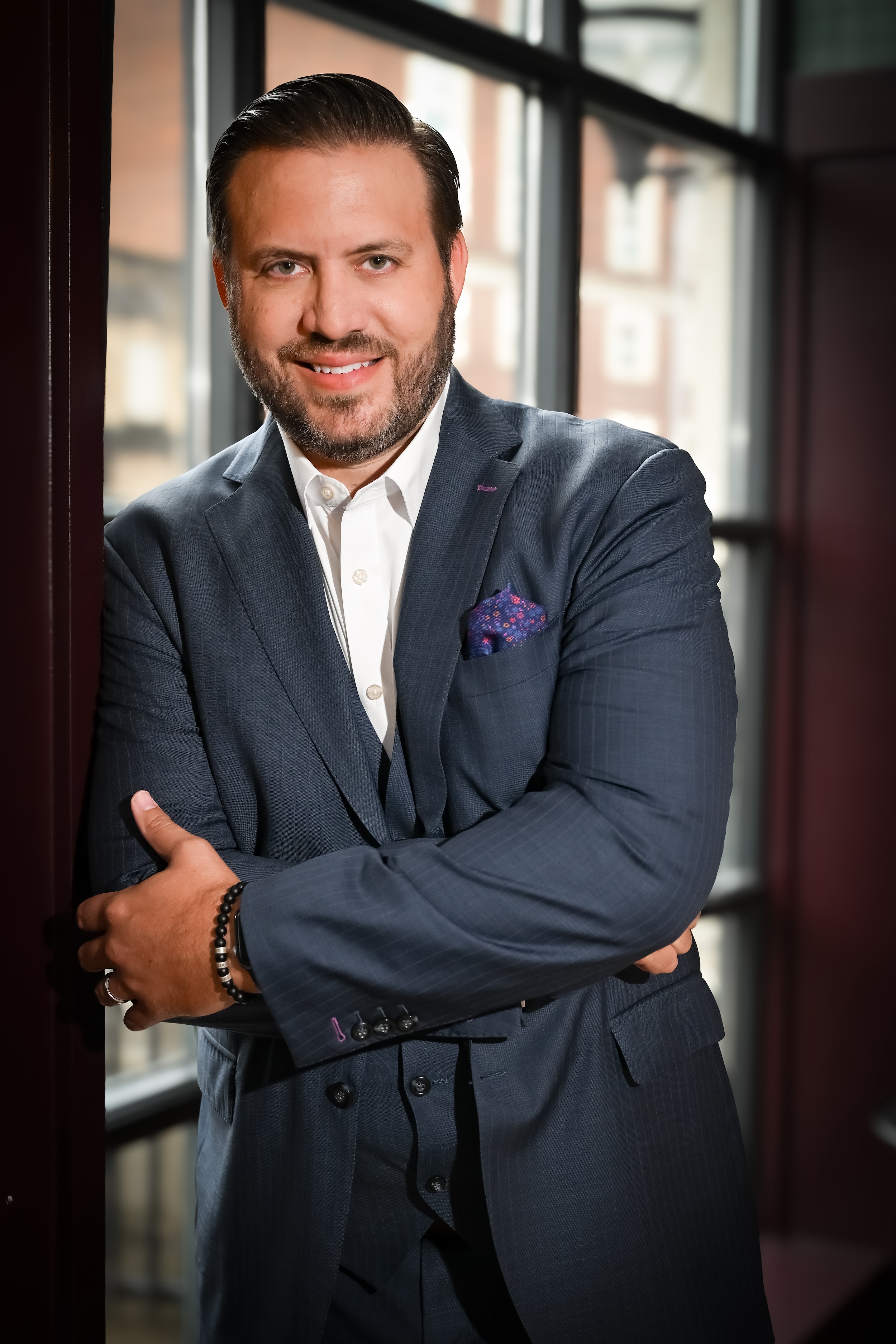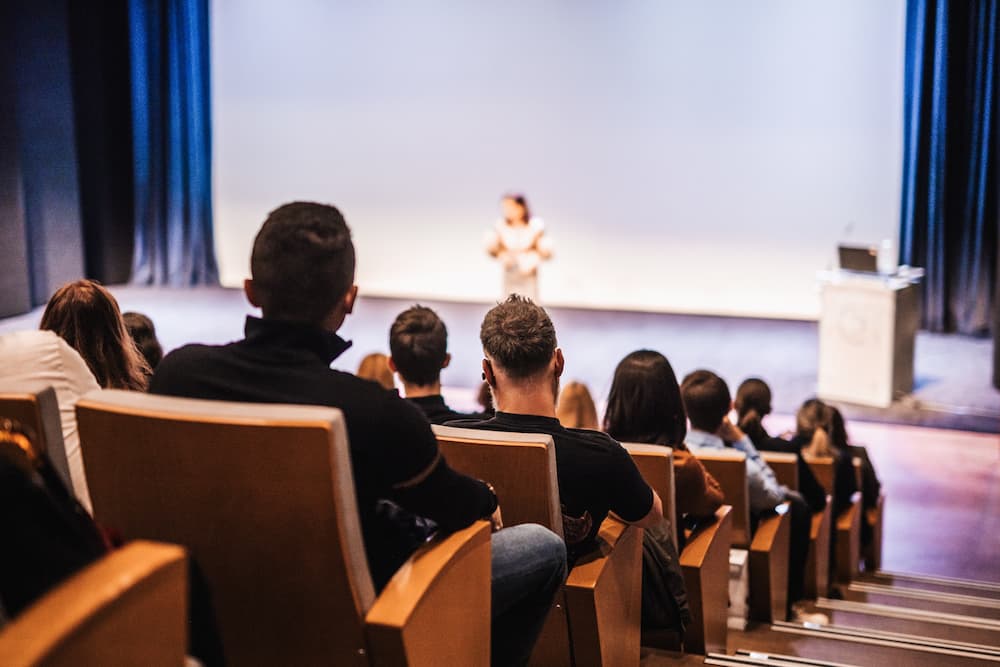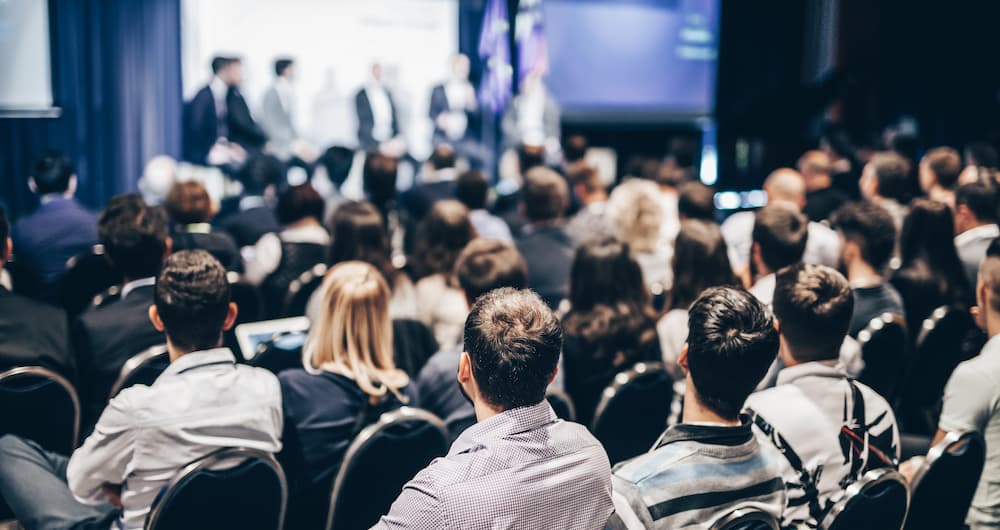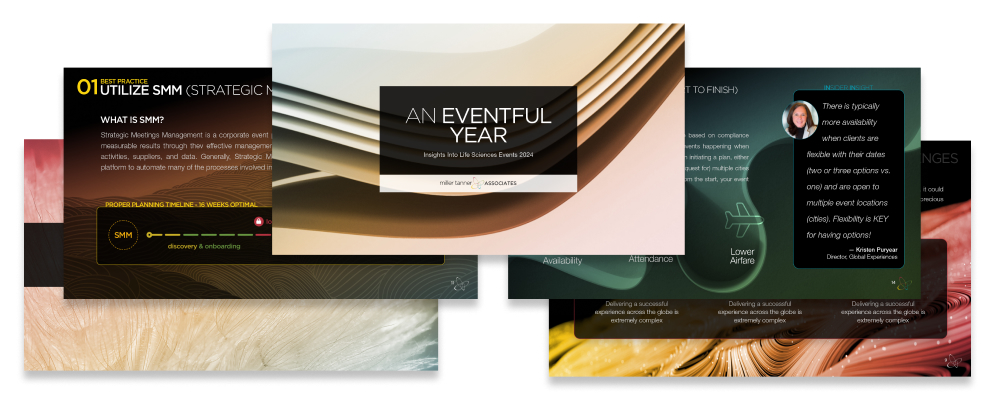
Titan CEO and headline sponsor Wipfli LLP are pleased to announce Miller Tanner Associates Chief Revenue Officer (CRO) Scott Nodolf, recipient of the 2025 Chicago Titan 100. The Titan 100 program recognizes Chicago’s Top 100 CEOs & C-level executives. They are the area’s most accomplished business leaders in their industry, demonstrating exceptional leadership, vision, and passion. Collectively, the 2025 Chicago Titan 100 honorees oversee companies generating more than $70 billion in combined revenues, with an average revenue per company of $100 million and a workforce of over 439,000 employees.
“Chicago’s Titan 100 are redefining business with vision and purpose, setting new standards for growth, innovation, and impact. These trailblazing leaders inspire transformation across industries, uplift communities, and drive meaningful change. We proudly celebrate their legacy of excellence and unwavering commitment to shaping a brighter future for all,” says Jaime Zawmon, President of Titan CEO.
Scott is a proven commercial leader with a twenty-four-year track record of success within the life sciences and healthcare industries. As Chief Revenue Officer over the past 5 1/2 years at Miller Tanner Associates (MTA), he has implemented a sustainable, customer-centric growth strategy that has been a driving force in MTA achieving historical revenue growth. Scott continues to lead a high-performing commercial team, focused on understanding customers and their needs to create sustainable, long-term partnership success.
“I am deeply honored to be recognized by the Titan 100 committee. I would like to express my sincere gratitude to Marnie Battistini, founder and CEO of MTA, for her visionary guidance, to our customers and partners for their trust, and to the incredible team at MTA. This award is a direct reflection of their passion and dedication in exceeding customer expectations through our personalized expertise and tailored solutions. This recognition will continue to motivate us, as we drive innovation forward within our industry and create even greater value for our customers,” shares Scott.
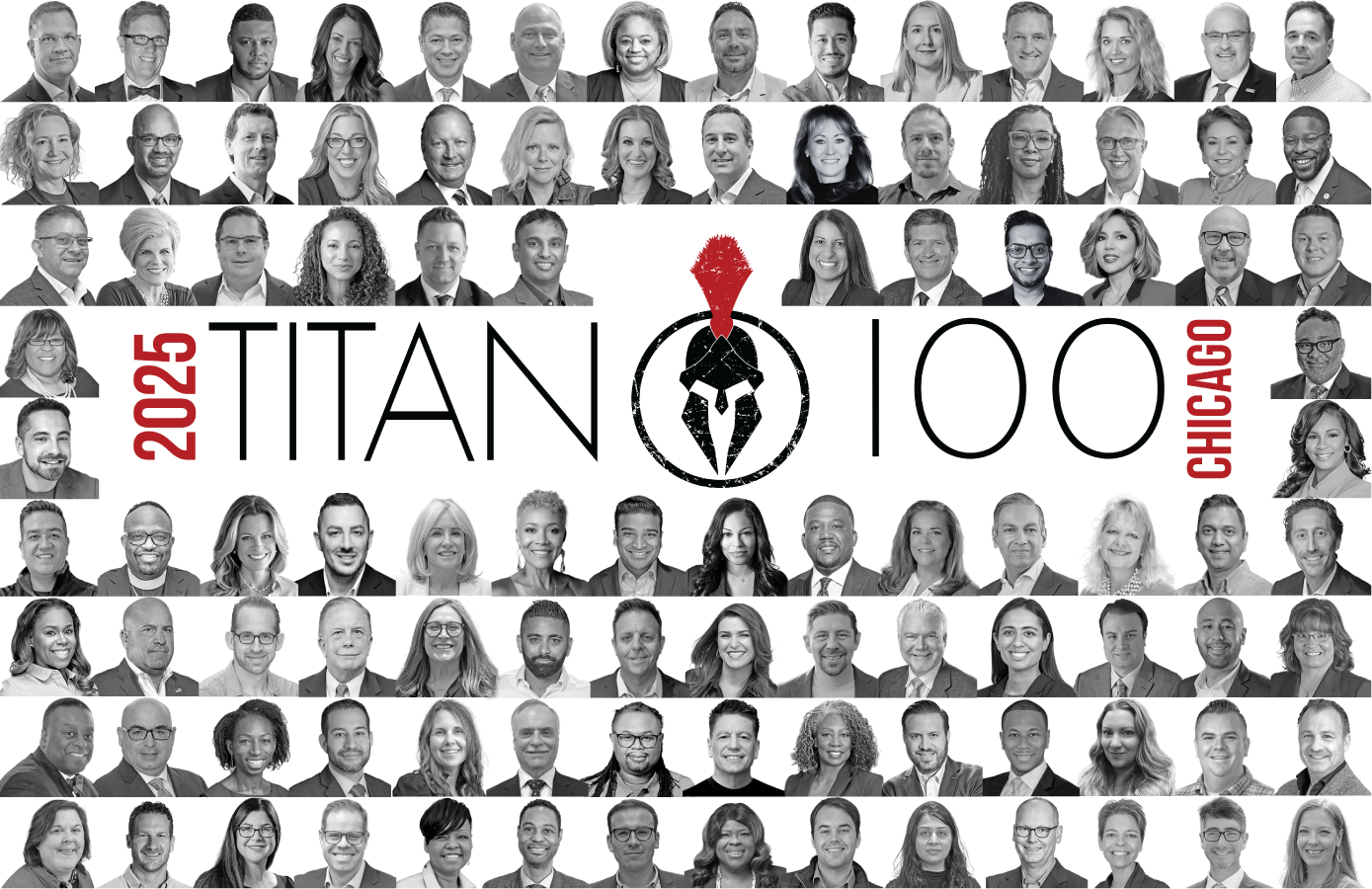
This year’s honorees will be published in a limited-edition Titan 100 book and profiled exclusively online. They will be honored at the annual awards ceremony on February 20, 2025. The awards event will gather 100 Titans of Industry and their guests for an evening unlike anything that exists in the Chicago business community.
“On behalf of the partners and associates at Wipfli, we congratulate the 2025 Chicago Titan 100 honorees. We appreciate the lasting impact each leader has made, and continues to make, in building organizations of significance both in Chicago and abroad. Your ingenuity and creativity have set you apart, and the honor of being seen as an industry Titan is richly deserved,” says Gary Shutan, Partner at Wipfli.
